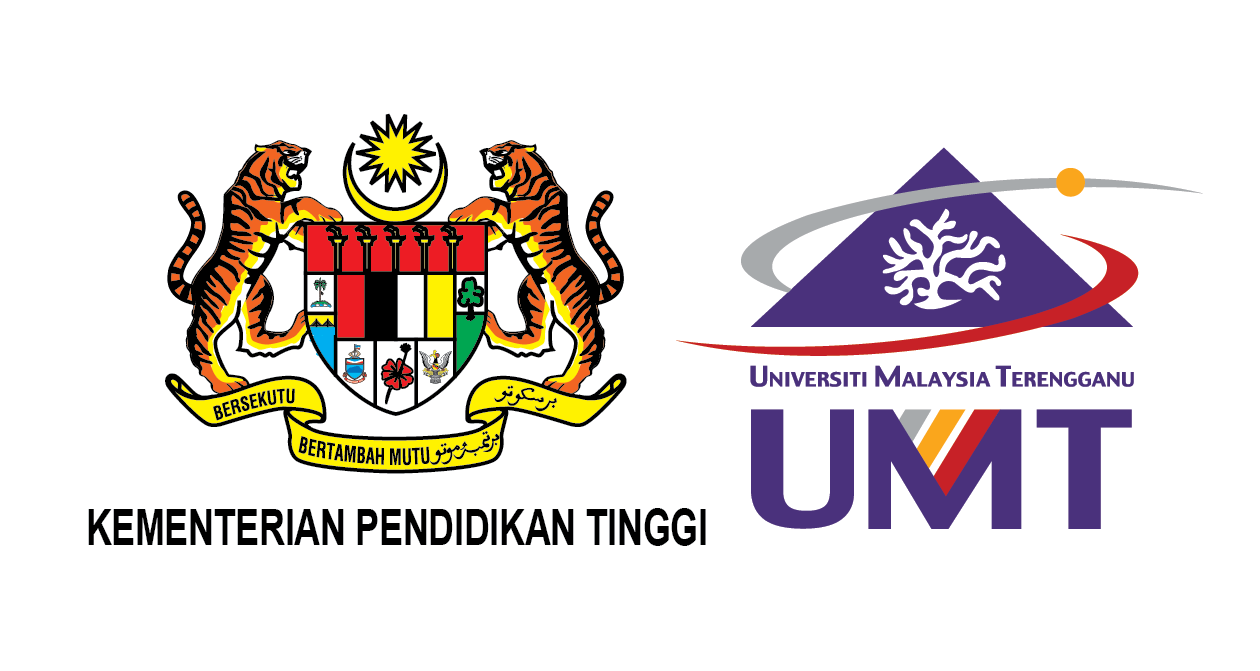Please use this identifier to cite or link to this item:
http://umt-ir.umt.edu.my:8080/handle/123456789/5873Full metadata record
| DC Field | Value | Language |
|---|---|---|
| dc.contributor.author | Hideki Hayakawa | - |
| dc.contributor.author | Quang Dung Le | - |
| dc.contributor.author | Masato Kinoshita | - |
| dc.contributor.author | Yusuke Takehana | - |
| dc.contributor.author | Kei Sakuma | - |
| dc.contributor.author | Hirohiko Takeshima | - |
| dc.contributor.author | Shigeaki Kojima | - |
| dc.contributor.author | Kiyoshi Naruse | - |
| dc.contributor.author | Koji Inoue | - |
| dc.date.accessioned | 2017-04-16T08:36:26Z | - |
| dc.date.available | 2017-04-16T08:36:26Z | - |
| dc.date.issued | 2015-05 | - |
| dc.identifier.uri | http://hdl.handle.net/123456789/5873 | - |
| dc.description.abstract | Ricefishes of the genus Oryzias, including Japanese medaka (O. latipes), are known as excellent model organisms for studies in various fields of science. Some species of the genus inhabit brackish water, and such species are recognized to be useful to investigate physiological phenomena in seawater. However, only a limited number of species have been recorded from brackish waters. In addition, there is no information about the genetic relationship among populations inhabiting sites with different salinities. | en_US |
| dc.language.iso | en | en_US |
| dc.publisher | Ocean Science Journal | en_US |
| dc.subject | Oryzias curvinotus | en_US |
| dc.subject | population genetics | en_US |
| dc.subject | molecular phylogenetics | en_US |
| dc.title | Genetic Similarity of the Hainan Medaka Populations Collected from Hyper- and Hypo-osmotic Environments in Northern Vietnam | en_US |
| dc.type | Article | en_US |
| Appears in Collections: | Journal Articles | |
Files in This Item:
| File | Description | Size | Format | |
|---|---|---|---|---|
| 224-Genetic Similarity of the Hainan Medaka Populations Collected from Hyper- and Hypo-osmotic Environments in Northern Vietnam.pdf | Full Text File | 397.99 kB | Adobe PDF | View/Open |
Items in UMT-IR are protected by copyright, with all rights reserved, unless otherwise indicated.

